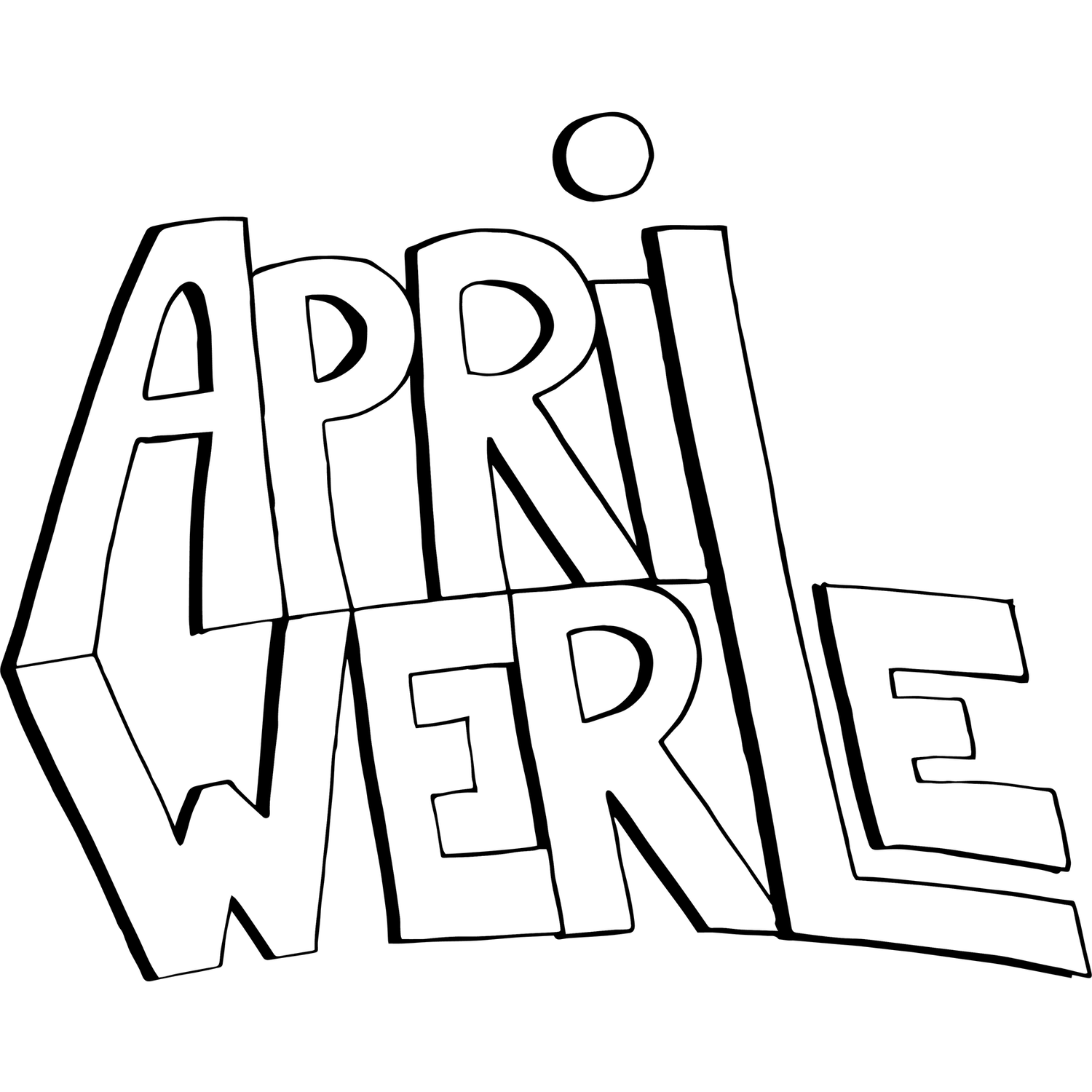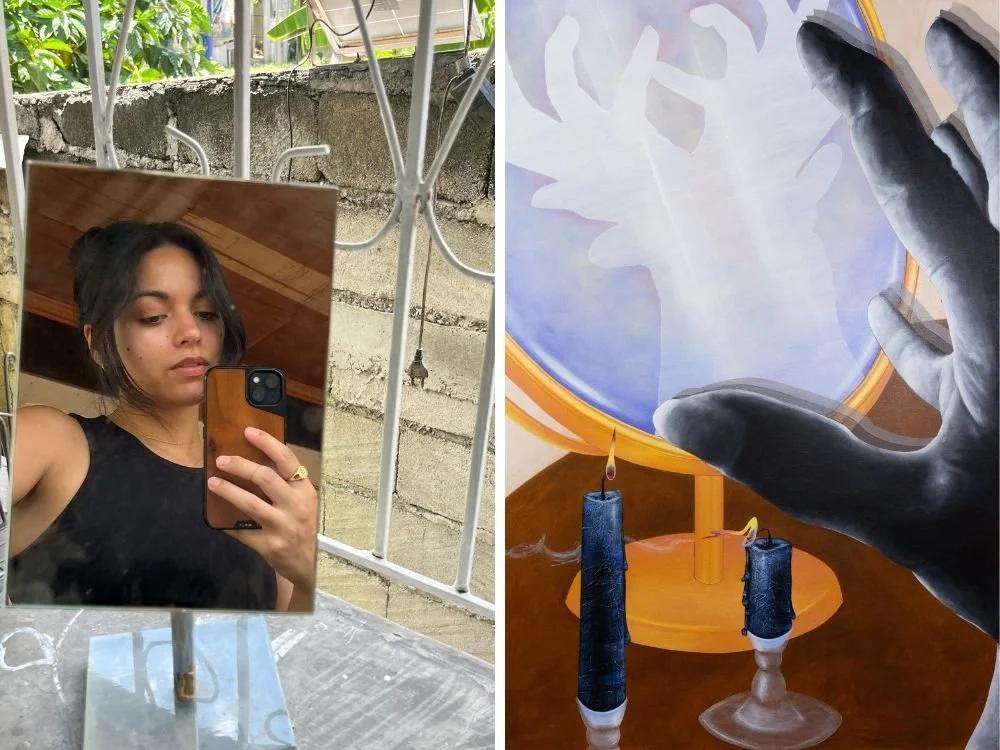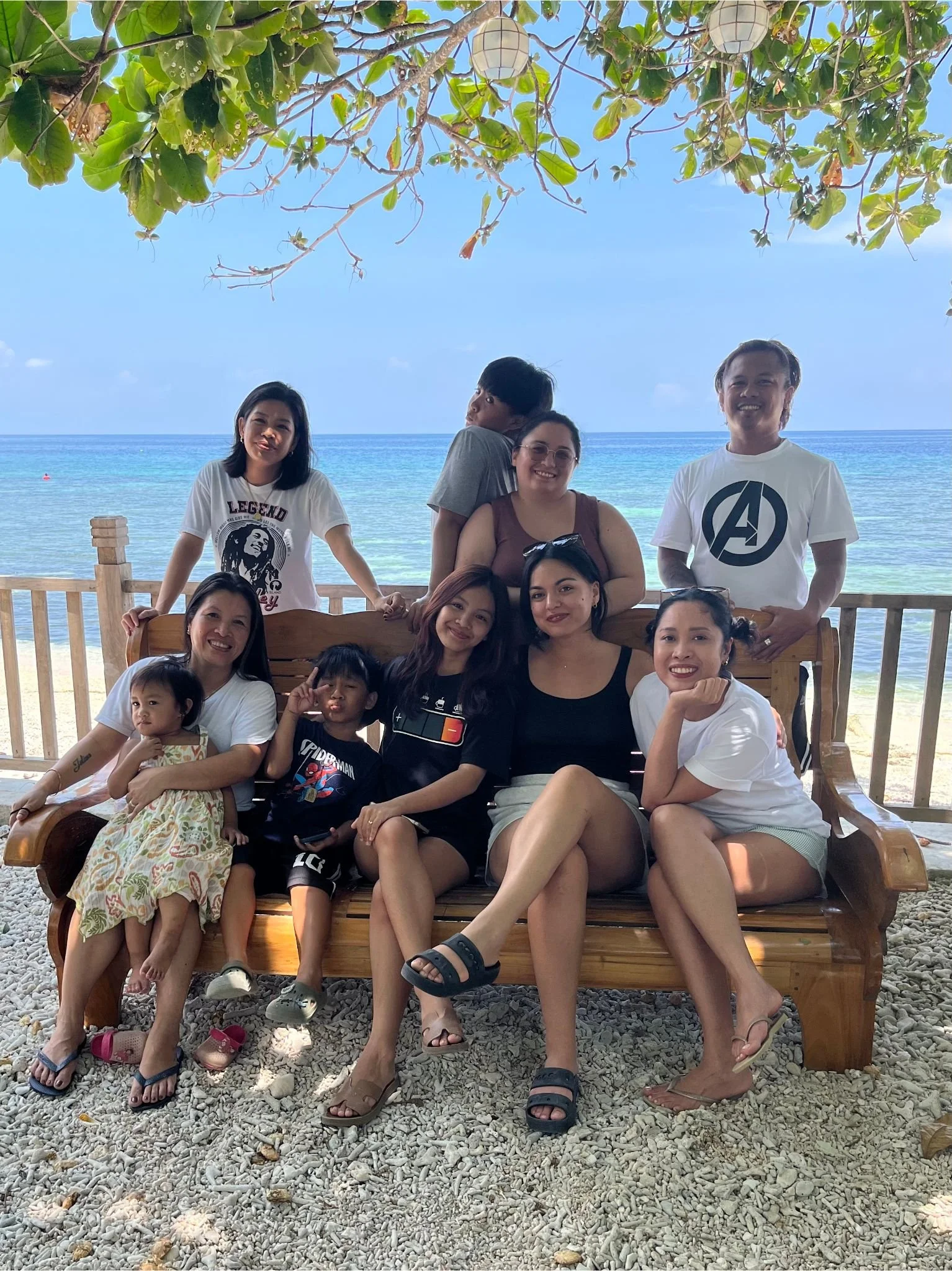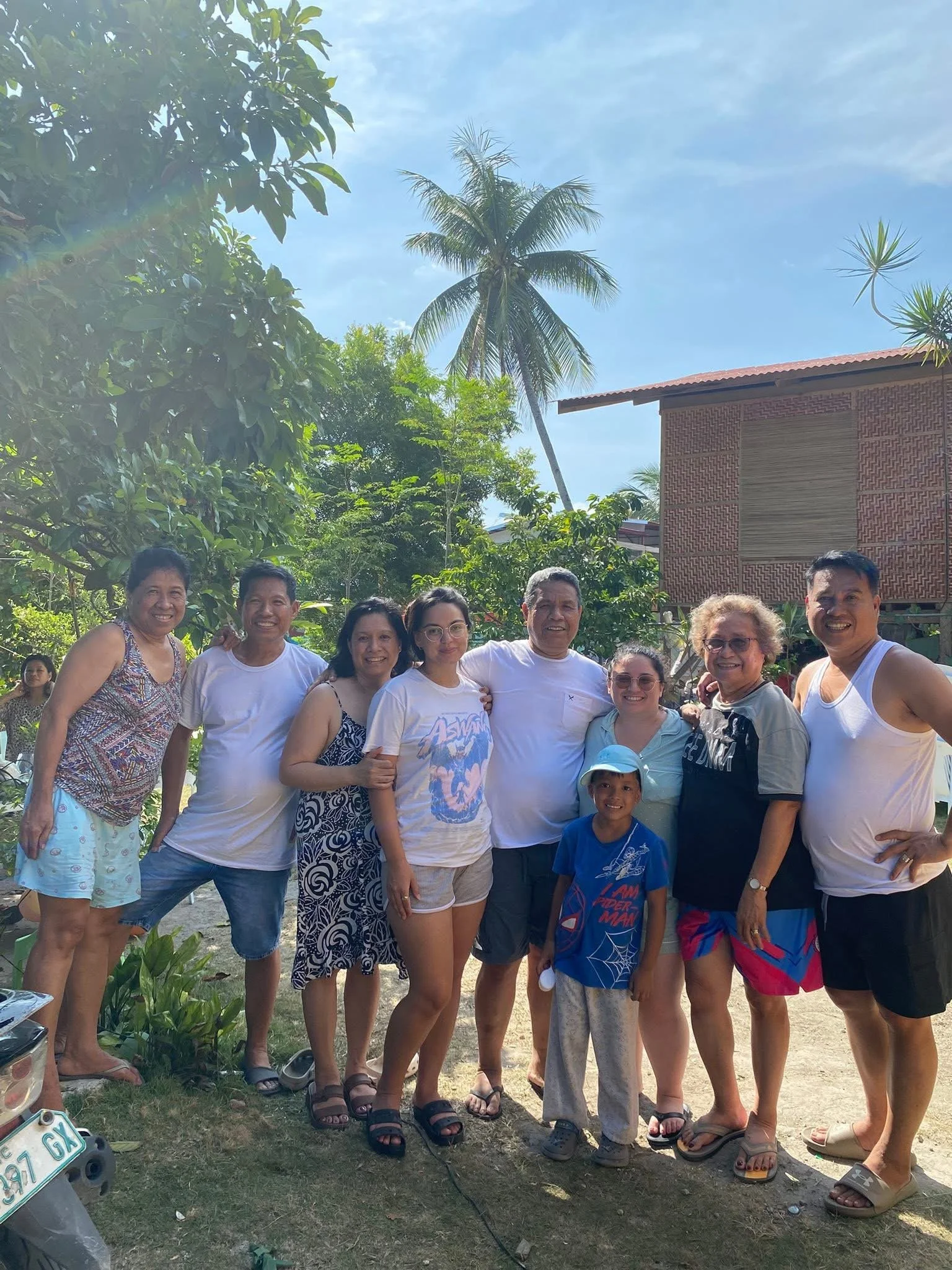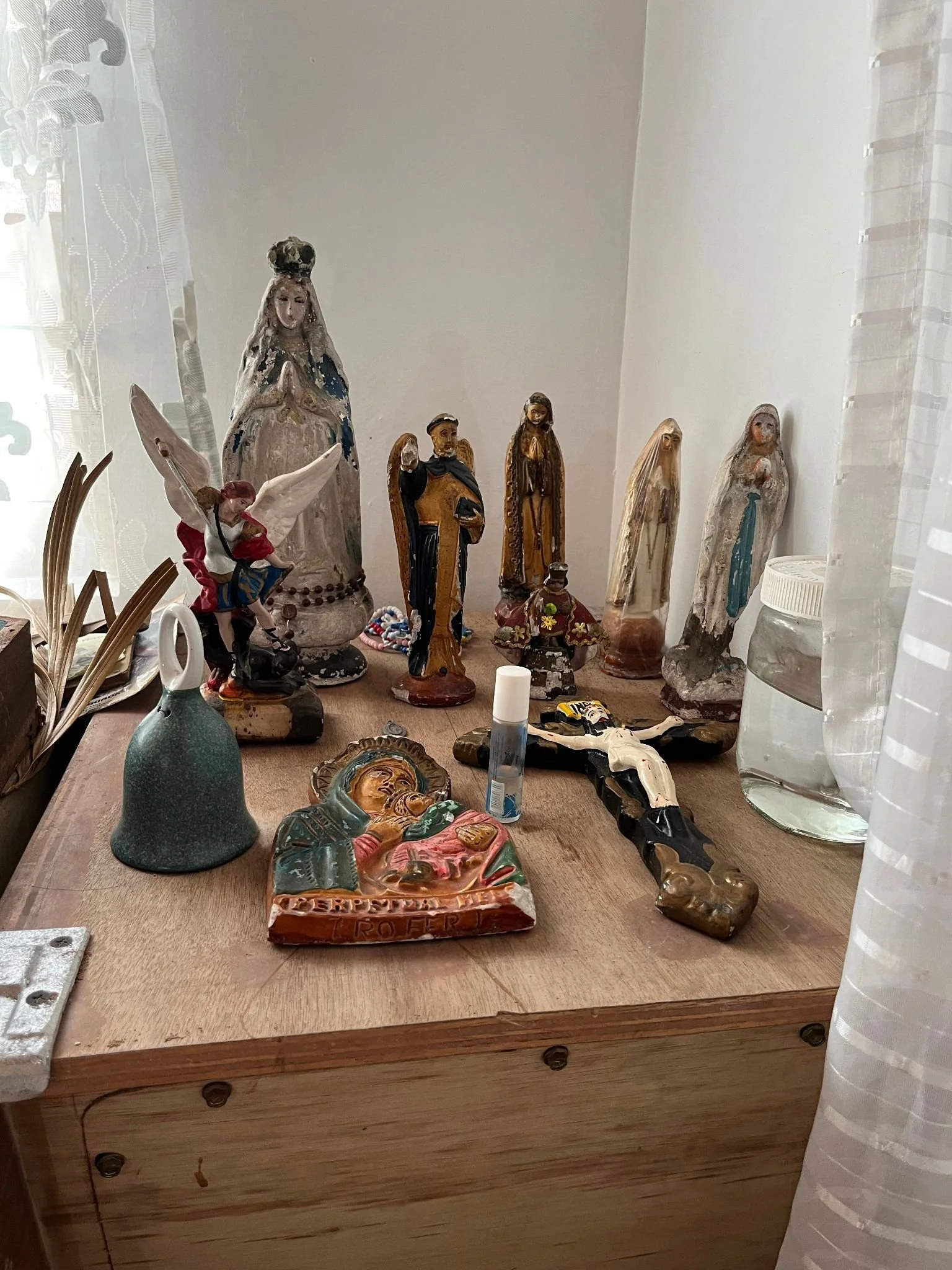Code-Switching + Colorism
Mirror selfie in Cebu; I would be a buck, 2025, 40 × 30 in, Acrylic and stain on wood panel (cropped)
I recently got home from a 3-week trip in the Philippines for a family reunion…
After going back a number of times, it now feels like I am officially building a more personal relationship with the Philippines. The last couple times, I’ve gone with more language skills which has deepened my experience. I feel like I belong somewhat more than when I’ve had virtually no speaking ability. And after spending afternoons swimming in the lagoon or the beach behind my Uncle Gremar’s house, I’ve gotten darker to the point where I don’t recognize my arms, but I love it—it makes me feel like I blend in more.
Family Photos in Santander, Cebu
Every time I’m in Cebu, I can’t help but think about colorism. Cebuanos come in all different shades, from very dark skin to light skin. After experiencing how quickly my skin darkens, I realized there’s a stark difference to our perception of skin color in the US and places like the Philippines. In the United States—because of our diverse ethnic makeup of Americans, joined with our system of racial categorization—skin color is perceived as something that we are just born with, something that feels less flexible.
But the wide range of skin color we use in the US for racial categorization is present in my family although we are all ethnically Cebuano. And as I grew darker by the day, it made me realize that in the Philippines, there’s more of an ability to control the shade of one’s skin, and therefore the perception of one’s class.
Theoretically, someone could use papaya soap (a common and easily accessible skin whitening product), and only go out during soft-sun hours. And many people do. I still wonder however, if colorism was introduced during colonialism or if it even came before—skin shade still distinguishing the daily tasks of Filipinos.
But one thing is for sure, the light skinned idols present in all churches and on the altars within the home send a very clear subliminal message that to be lighter means to be more godly.
Family home altar
Santo Niño, image sourced from web
Sometimes buried amongst these idols—or on an altar of its own—is the contrasting dark-skinned Santo Niño, which most Cebuanos display in their homes and businesses. The Santo Niño was a gift the Spaniards gave to Cebu before colonizing the Philippines, which seems clear to me to have been a gateway drug to Catholicism—religion being a fundamental tool in colonizing the islands. The little brown Santo Niño was an invitation for Cebuanos to see themselves in Christ, but once they were in—it was all white idols from there.
I find this all hard to look away from, especially when I am in the process of code-switching between cultures—transitioning from a “dark-skinned” American to a “light-skinned” Filipino.
I have been exploring this code-switching in my upcoming solo show My Other Half at the Chase Gallery which opens in November. And in a week, I head to Denver for a 10-week residency at PlatteForum to create a new body of work—in which I plan to incorporate the imagery of idols—exploring how colorism is a presence that haunts a family home.
